– MARTIN HARRIS CENTRE, MANCHESTER –
Go online, check out any Sonic Youth video from the 1990s with Kim Gordon in it and observe her. Any reasonable woman who was a teenager in the 1990s would want to be Kim Gordon. Everything about her was cool: cool band, cool music. We thought she did not care about clothes, makeup, being sexy and smiley, etc. – mainly because she could do and wear anything and she would always be magnificent, Kim Gordon, either when singing or playing the bass. Those bass guitars, that hair, that smile, that presence on stage, that voice: everything. She was one of the goddesses, along with Patti Smith and P.J. Harvey. This is why as soon as I heard that Kim Gordon was coming to town, I immediately bought a ticket to see her. And here I am, all ears, with roughly another 350 people who all possibly own a blue Washing Machine t-shirt, the required pass to any intellectual environment in any European city in the last 30 years.
Tonight, at the Cosmo Rodewald Concert Hall of the Martin Harris Centre of the University of Manchester, Kim Gordon is interviewed by Dave Haslam, well known in Manchester and worldwide for his work as a DJ, music journalist and promoter. Among those promoted and interviewed before they became gods, also Sonic Youth. Dave Haslam recalls meeting and interviewing the band in Pizza Hut before a gig in Leeds on 25 March 1985 for a fanzine. We learn that Sonic Youth slept on Dave Haslam’s floor and that Kim Gordon later complained about the dampness of British houses and the ‘depressing’ weather. Dave Haslam regrets asking Sonic Youth in 1985 about ‘the undercurrent of violence’ embedded in U.S. culture, and mocks those journalists who asked Kim Gordon what it was like to be a ‘Girl in a band’, title of the memoir she is presenting tonight, and also a line from Sonic Youth’s ‘Sacred Trickster’. Gordon confirms that violence and guns are indeed an obsession in U.S. culture, although disguised as a form of ‘freedom’.
I think, though, that if I had interviewed Kim Gordon in 1985, when there was hardly any female musician holding a bass or electric guitar, I would have definitely asked what it felt like, and how many times she had been put down by sexist male journalists, managers, musicians and music listeners. Let’s not pretend that the music industry is immune to sexism. Luckily, now we have St Vincent, Anna Calvi, Warpaint, Joan Wasser and many other brilliant female musicians, but it is still a relevant question, I’m afraid. (In the meanwhile, the image of Jennifer Batten playing ‘The Flight of the Bumblebee’, with her crazy hair and badass face, forms in my brain). This question will still be relevant until festivals to celebrate ‘female musicians’ exist. How about being less sexist when choosing artists for festivals instead? One day, one day. A member of the audience will ask later if, according to Gordon, we have gone backwards or forward in terms of the opportunities for female musicians, to which Gordon replies that she thinks that it has never been as good as it is now.
A less relevant question is perhaps the one about the ‘insecurities as to what to wear before going on stage’. Kim Gordon discusses it, though, and mentions Siouxsie Sioux and Marianne Faithfull as impossibly charismatic stage personas she looked at for inspiration, although she ended up wearing t-shirts because ‘boys in bands wear t-shirts’ and oversized clothes ‘because they were fashionable’.
At some point they will talk about music, I hope. And about what Kim Gordon is doing after the crisis in the band following the end of the long relationship between her and Thurston Moore. Kim Gordon explains that she has always thought of herself as a visual artist, that she was trained as a visual artist and that she doesn’t know ‘how to talk to musicians’. That is surprising. And what do we do with 34 years in Sonic Youth then? ‘I am as puzzled as the new born child’. Kim Gordon has a long career as artist and curator, but it is not a well-known aspect of her life, and I hope to read more about this in the autobiography. Gordon explains that art has been more of a private activity until recently, and that she will exhibit her work in a gallery later this year. Also, while in Sonic Youth, she found it hard to combine the two careers, therefore she is taking a chance now to reconnect with her friends in the arts. Interestingly, her daughter too is a musician and a painter.
Haslam then asks why she chose the stage and not the canvas, and Gordon explains that it is the performing aspect of musicianship, and the freedom and physicality of it that fascinate her, and that art is a less physical and emotional activity. She compares playing music on stage to the feeling of jumping from a cliff. To Haslam’s comment that videos from the 80s show a great energetic investment in the band’s performances, Gordon agrees that that’s how rock should be: intense, like Jimi Hendrix, like Janis Joplin. They then discuss about her performance with Nirvana for the Hall of Fame event in 2014, in which she sang Aneurysm. It was weird and very emotional to be there, she says, and I was not trying to imitate nor represent Kurt Cobain.
The two then discuss New York in the 1980s, and Gordon describes it as an interesting and exciting place where many different sensibilities converged and many artists from Europe would go there to explore art and music, which – she underlines – are separate worlds. Gordon claims that nothing particularly interesting was going on when Sonic Youth started and that that was the reason for them touring so much abroad from the very start.
To Haslam’s question whether ‘alternative’ movements can ever have an impact on society at large, Gordon replies that they surely can, and that even a small event can change people’s lives. Maybe ‘mavericks’ won’t change history – Gordon claims – but they can certainly massively influence culture, like Dylan, the Velvet Underground and Nirvana did.
The conversation then shifts to the ambivalent feeling of using one’s body as a form of expressing one’s sexuality and how this can then lead to the public eye defining who you are, and how one ends up forming ideas about themselves based upon description by others.
When discussing the book, Gordon explains that she decided to write the book while trying to figure out how to make a living now that her main source of income had gone. One would think that every musician in the world would hire Kim Gordon in their band, but she doesn’t seem to be too interested in playing with other musicians at this stage. She confesses that writing the book was painful and difficult, especially the part about Sonic Youth and their last show. The first part she wrote was about the breakup from Moore. In the book, Gordon reportedly discusses at length the relationship with her brother and the huge influence he has had upon the formation of her identity. One question from the audience is about is her relationship with women, to which Gordon replies that playing with female musicians has always been more fun since the expectations were lower than with Sonic Youth.
Questions from the audience include: ‘Do you listen to Sonic Youth’? ‘No’; ‘Favourite Sonic Youth album’? Washing Machine and Daydream Nation. ‘What do you think is ground-breaking in music right now’? ‘I’m actually rediscovering a lot of old stuff’; ‘Which authors influenced you the most’? ‘William Gibson’; Why did you not do drugs and partying?’ ‘Because we were already ‘old’; guitars were our acid and we had to be sober to play’. Finally, to the question about the Lana Del Rey Twitter controversy, Gordon declines to comment.
At the end of the event, when I leave the hall, a long queue of devoted fans await to have their copy signed by the artist. I leave the hall with more questions than answers, and I hope that reading the book will help me understand more of this interesting and infinitely charming woman. I hope she will still hold guitars of some sort for a long time.
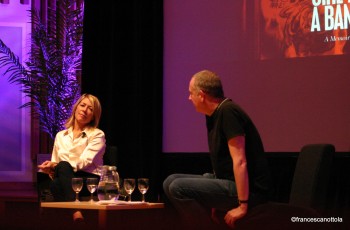
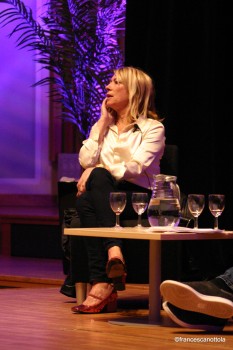
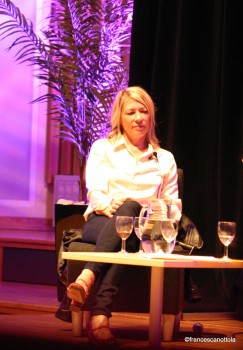
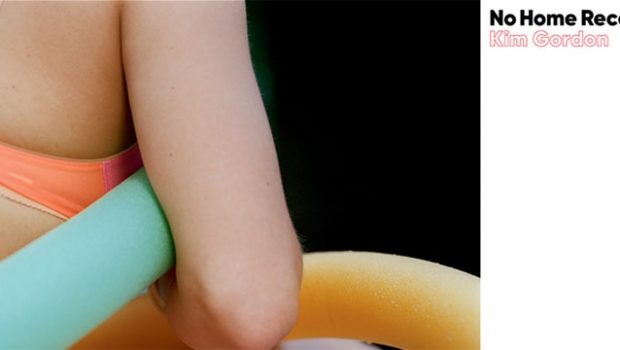
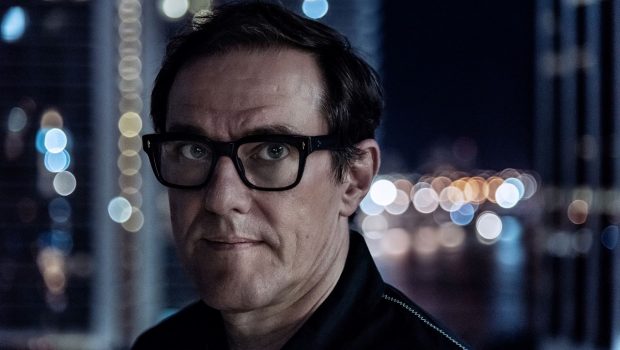
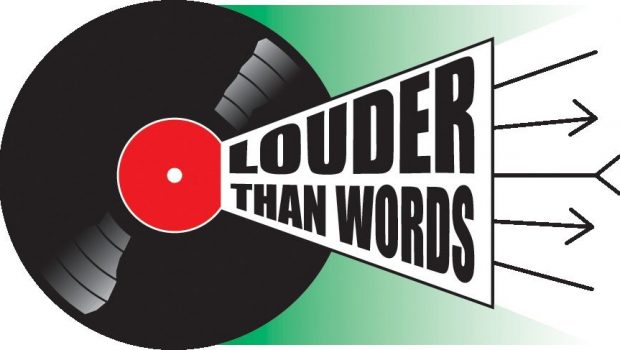
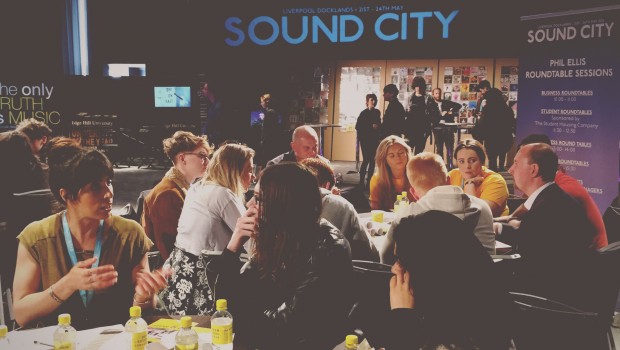


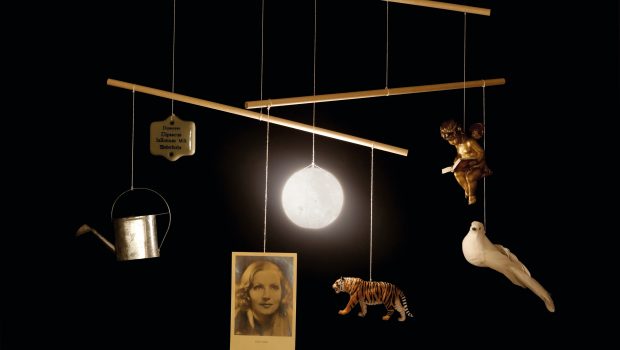
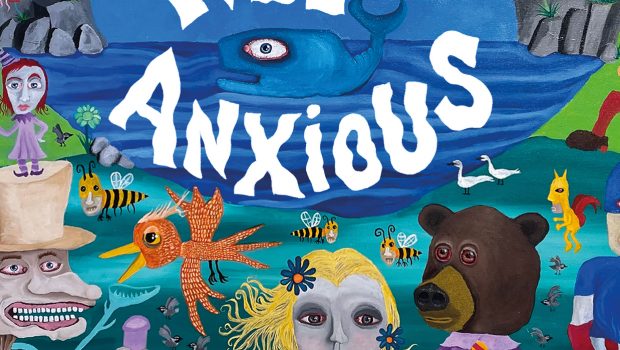
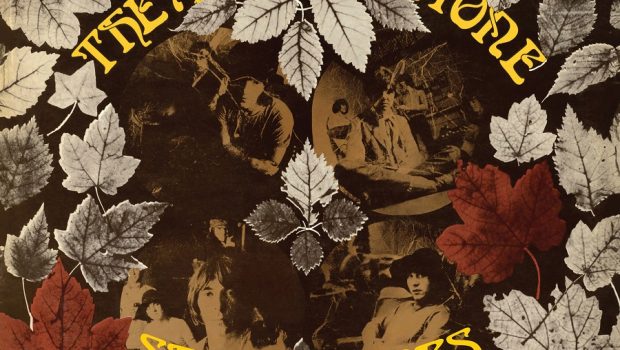
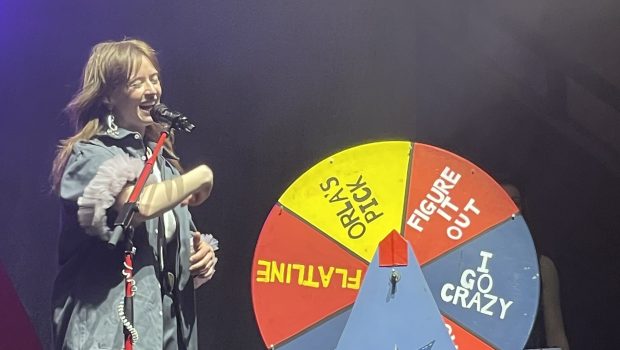
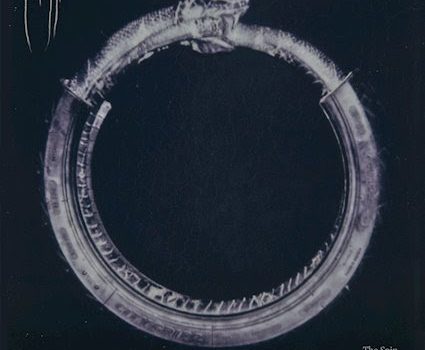
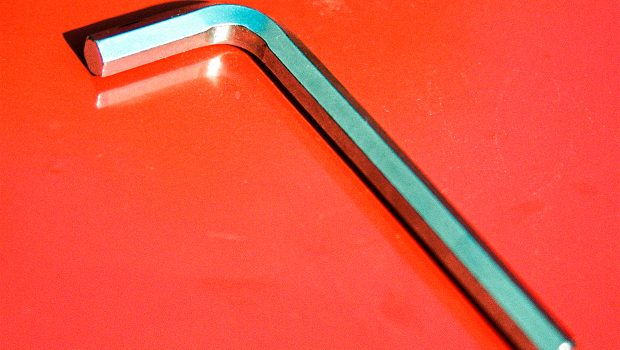
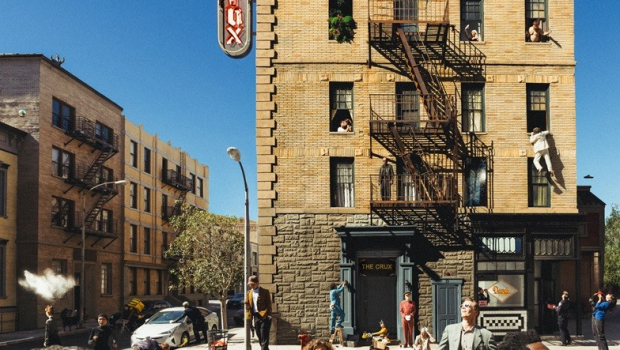
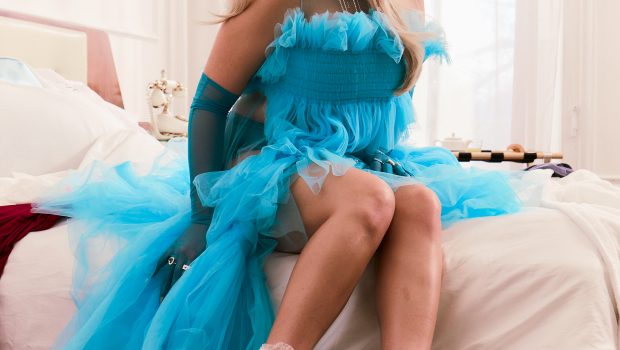

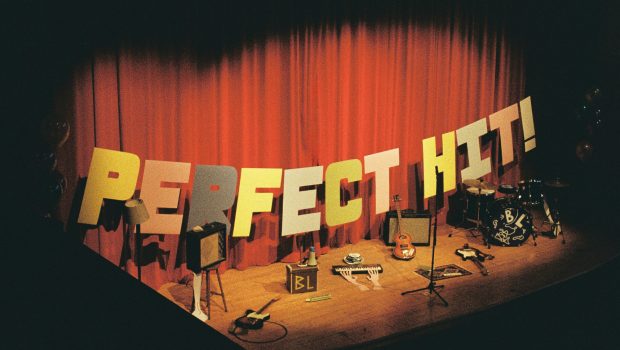

“Any reasonable woman who was a teenager in the 1990s would want to be Kim Gordon”. Has anybody bothered to point out to you yet that there isn’t anything “reasonable” or definitely for that matter cool about being a self loathing idiot wannabe with obvious self esteem deficits who if they had their “druthers” would choose to be a different person?
My favorite comment was the one about a Washing Machine T Shirt being a required pass to any intellectual environment in any European city of the past 30 years. If you had any idea at all how unbelievably disingenuous, vapid, weak, and pseudo intellectual that comment makes you appear, you wouldn’t even be saying that. I have no idea why Kim Gordon even allows people to write this way about her. It’s almost discrediting. From my understanding, there isn’t even anything punk rock at all about slobbering and sycophantic idolatry.
Other than that, you did a pretty good job.
Why can’t I erase my own posts?
You did a pretty good job of summarizing her responses and stuff like that, you know? Good reporting.
This article is super cool